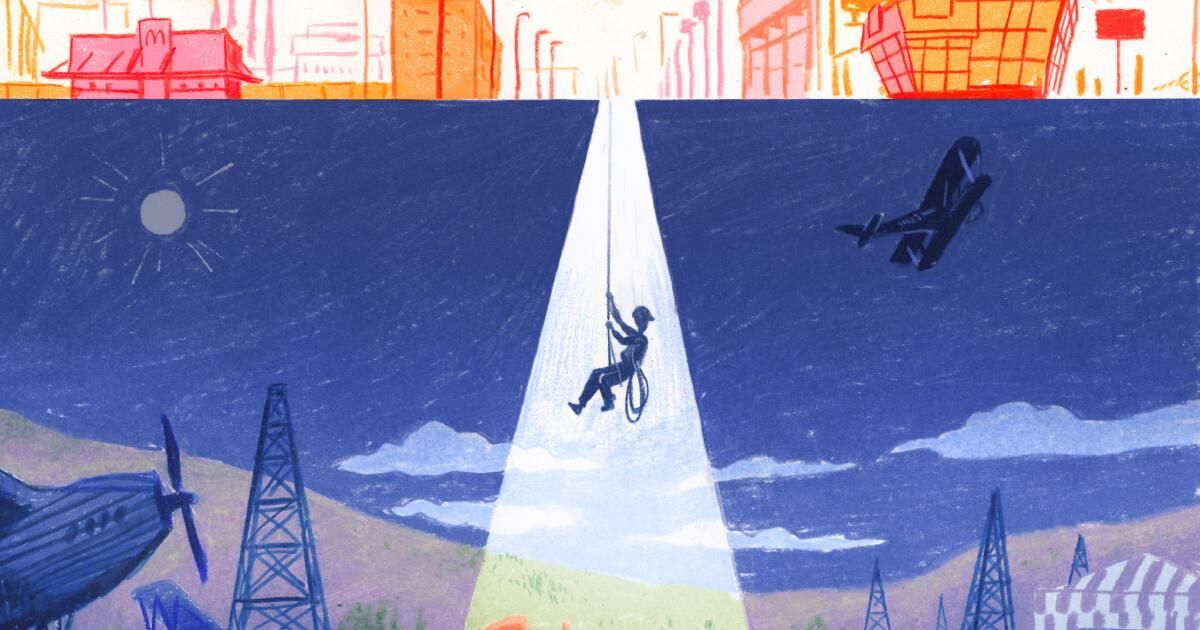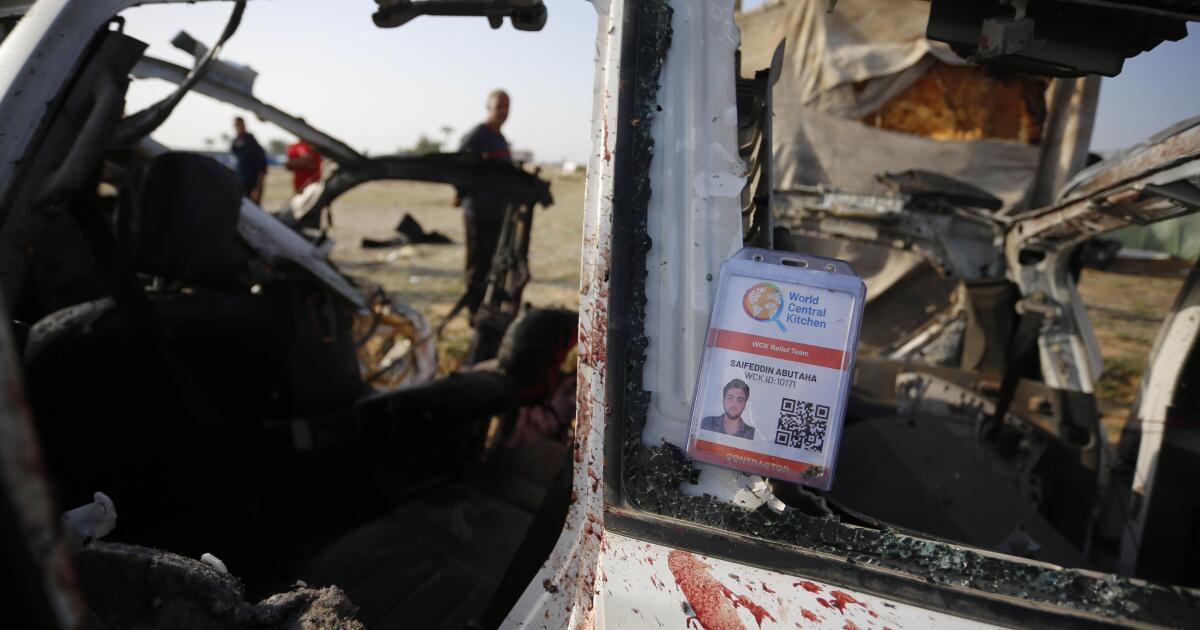That discovery sent me down a rabbit hole that not only eventually revealed a clearer backstory of Beverly Grove, but also the vast resources that any Los Angeles resident curious about the history of their own neighborhood can muster with just a few few mouse clicks. Before we get to that, here's what I managed to figure out about what was happening a little over a century ago in what is now my neighborhood.
Based on the trove of photographs, the Times archives, and a pair of highly detailed websites compiled by aviation enthusiasts (including a site that lists the latitude, longitude and dimensions of long-gone airfields), it appears that DeMille Field No. 2, owned by DeMille's Mercury Aviation Co., opened at the northwest corner of Wilshire and Fairfax (then known as Crescent Boulevard) in 1918. In a move worthy of the modern Bezos-Branson space race, Syd Chaplin opened one on following year on the south side of Wilshire.
If DeMille's east-west airfield, which, according to one account, measured 1,800 feet by 500 feet, was flush with the northwest corner of Wilshire and Fairfax (the site currently occupied by Johnie's Coffee Shop restaurant), it would have been limited by approximately so today it is Sixth Street to the north and Crescent Heights Boulevard to the west.
However, it is clear from the 1922 photograph that the overgrown rectangle was not right up against Wilshire, but rather appeared to be further north (perhaps as much as 500 feet), which would have placed the southern edge along Sixth Street. and the northern edge right across it. my backyard.
However, the location of DeMille No. 2 Field squared with the current urban street grid shows that it was not there for long; In 1921, it was merged with nearby Chaplin properties to become Rogers Airport (described in a Times article announcing the news as “America's largest commercial airfield”), and just two years later, a company called Evans-Ferguson Corp. announced in a Times advertisement that it had purchased the property “to be immediately subdivided and offered to the public under the name of Wilshire-Fairfax Tract.”
Today, the only visual clue to the neighborhood's role in early aviation history is the David Geffen Theater at the Academy Museum. Located just across Fairfax from where the airfield once stood, the spherical building's striking design is, according to my Times colleague Carolina Miranda, “inspired by the airships that used to land in the area.” (Take that, Goodyear blimp!)












